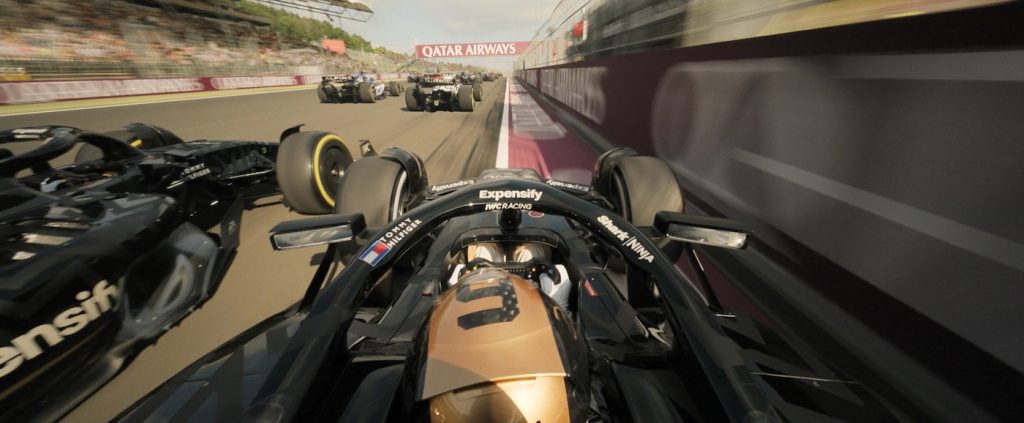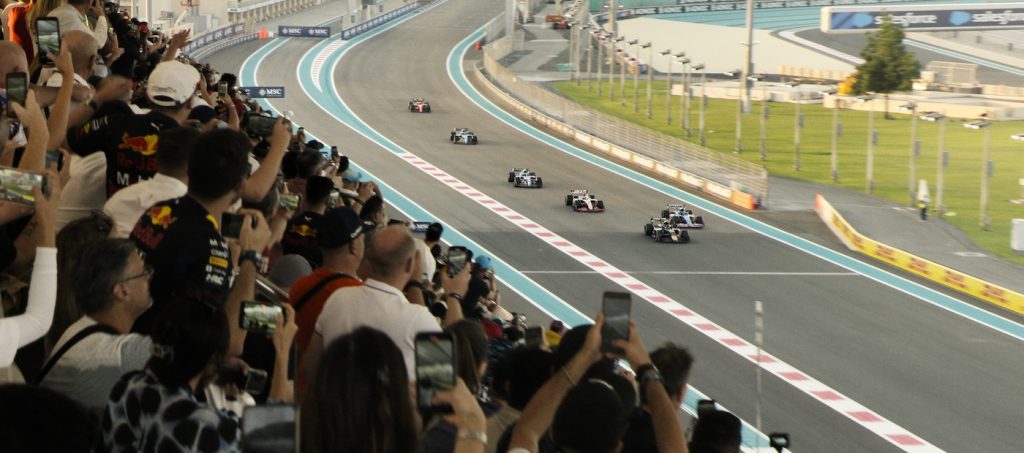Eye in the Sky: How “F1” Aerial Cinematographer Phil Arntz Delivered Cinema’s Most Heart-Pounding Racing Sequences
Continuing in the tradition of his last blockbuster, Top Gun: Maverick, director Joseph Kosinski returns this summer with Apple’s most successful theatrical outing to date, with the sleek and thrilling racing drama F1, grossing north of $144 million on opening weekend. In a world where every fraction of a second could cost you a trophy—or worse, your life— Brad Pitt’s veteran driver, Sonny Hayes, wants to build “a car for combat” in order to salvage his old buddy Ruben’s (Javier Bardem) APXGP team. A Formula 1 legend who missed his shot at greatness after a near-fatal crash, the charismatic and confident Sonny is pit against cocky young hotshot and teammate, Joshua Pearce (Damson Idris), as they try to wrest their collective fate from the jaws of defeat.
To thrill audiences with the most cortisol-triggering cinematic experience, Kosinski’s team puts us squarely in the F1 racecar cockpit, not only with the custom “Carmen” camera system developed with Sony, but also with a crack aerial photography team with aerial cinematographer, Phil Arntz (Mission: Impossible – The Final Reckoning, No Time to Die), and his camera pilot, Will Banks. Together, they make up the UK-based The Aerial Film Company.
Arntz recently talked to The Credits about the rigorous process of shooting at two Grand Prix races – at Silverstone in the United Kingdom and the climactic race in Abu Dhabi.
How did your love of extreme sports lead you to aerial photography?
I’ve always had a passion for movies and wanted to do that as a career. I also love extreme sports—skydiving, wingsuiting, and motocross—and that’s how I drifted into aerial filming, because that’s the main way to capture these sports. I love all things that are quick and fast, loud engines, and all that. So, this suits me perfectly – it’s 95% of what I do now.
Before that, was there another area of filmmaking that you wanted to get into?
I’ve always wanted to work in the camera department. It’s amazing to create these things with cameras that completely suspend disbelief for two or three hours, allowing the audience to forget everything else and just be totally immersed in the story.
How was aerial filming on F1 different from other projects?
On other projects, we usually have a lot of freedom to figure things out in the air and find the right angles. On F1, before we even started, Joe [Kosinski] and Claudio [Miranda, cinematographer] had all the shots mapped out, especially for the Silverstone sequence in the UK. The big opening shot starts looking at all of Silverstone before coming into a close-up of the driver. They had a very specific vision of what they wanted. Joe and Claudio watched the Previs footage side-by-side next to a live image from our helicopter, and we had to match the Previs shots. It was a really cool experience to stick so close to what was planned. By the time we started filming, there had been weeks of legwork and one of the most detailed risk assessments we’d ever done. That’s how we could get so close to the cars on the track.
What was Previs like for something with so many moving parts? You were shooting before and after Grand Prix races.
The Silverstone sequence was very specific; these are the story beats. We enjoyed the challenge of replicating the shots for real. The Previs was created before we knew whether a helicopter could even fly that particular path. It was interesting to see how we could transition from 1,500 feet down to track level, side by side with a car, and end up in a close-up of the driver. On rehearsal day, it was amazing to see that we could actually thread the needle through the grandstands and get to track level.

Can you talk about the process with the Civil Aviation Authority [the British equivalent of the FAA]?
I think the permitting process was about three or four weeks. Since it was such a high-profile permit for a high-profile location, one of the senior inspectors was there to make sure that it was done exactly to the specifications on the permit. The inspector said that in the 25 years he’d been doing this, he’d never seen anyone stick so rigorously to the permit and operate in such a safe manner.
What type of helicopter, camera, and lenses were used for the aerial shots?
We had our Twin Squirrel, a twin-engine Airbus helicopter, the AS355, which doesn’t have as much performance as a single-engine, but the Civil Aviation Authority wanted it for safety reasons. We used our Shotover F1 gyrostabilizer with a Sony Venice 2 camera with Fujinon Premista 28-100mm lenses.
Did you have multiple cameras mounted?
The Shotover F1 is mounted on a single pole on one side of the aircraft. We had two single poles, so we could change the side of the camera system if needed. Since we were flying at such high speeds, you couldn’t really turn the helicopter towards the cars. So, it was always a single camera. We’d start on the wide end and creep in on the Zoom for a closer shot to take the audience into the race and the story.
Could you discuss the rehearsal process?
The day before, we did a rig for the helicopter, flew to Silverstone, and had about two hours of rehearsals before shooting the next morning. Once the car gets going, it does high-speed laps around the track nonstop. During the rehearsals, we sat half a mile away, where you could just about spot a car in the distance, and used certain corners of the track to decide when to go. For Silverstone, we’re starting so high, so it’s a good 15 seconds before you know whether you’ve nailed the timing. You keep trying with the car at different points of the track to see when you finally get to that low level where you’re riding alongside it. The car keeps doing its lap, and we shoot up in the air, turn around, and run straight into the next take.

How many takes does something like that require?
We shot that one setup in rehearsals for about two hours, and on the day of shooting, I think we did three takes.
Were you shooting during the live races?
No, they’ve got a helicopter that does the broadcast. So, my team filmed at two races—Silverstone and Abu Dhabi, plus a fair bit of work that wasn’t racetrack-related. From my understanding, production had some of the broadcast material for the film and augmented that with what we shot. I think that’s why the film is so fantastic, it blends that line so well. Hopefully, for diehard Formula 1 fans, it’s like watching a Formula 1 film. But then all of a sudden, you’ve got a helicopter on track level, it starts high and comes in low, and you’re fully immersed in it. We tried to shoot just before or after the race so you’d still have all the preparations and some of the signage on the grandstands.
Were there significant differences when you filmed at the other races?
When we went to Abu Dhabi, there was a bit more freedom, partly due to how the film permits for aviation were written. It gave us a bit more flexibility to explore, fly the track, and find great shots. That race is at night, so there was an added difficulty for Will flying at night with loads of big lighting rigs all around. A lot of it was about creating a sense of speed from a moving camera at a low angle. We had to find the angles that you can’t normally get in a live broadcast because the helicopter covers it in a Top Shot. Whereas we were flying really low, countering the cars, flying low over them, chasing them from behind. Those cars are so bloody quick, even if you’re going full chat on a helicopter, keeping up with them isn’t possible.
F1 is playing in theaters nationwide.
Featured image: Caption: A scene from Apple Original Films’ “F1® The Movie,” a Warner Bros. Pictures release. Photo Credit: Photo by Scott Garfield Courtesy Warner Bros. Pictures / Apple Original Films



